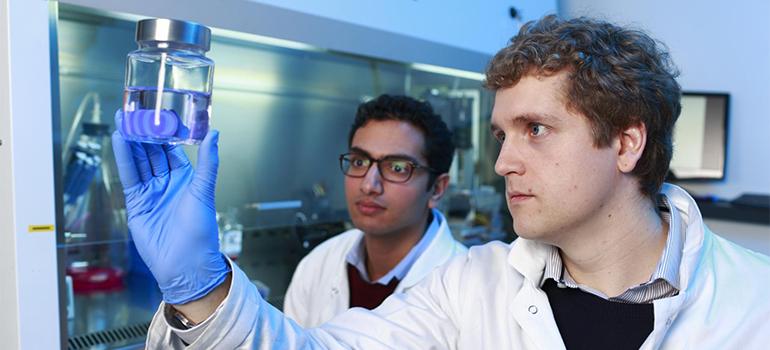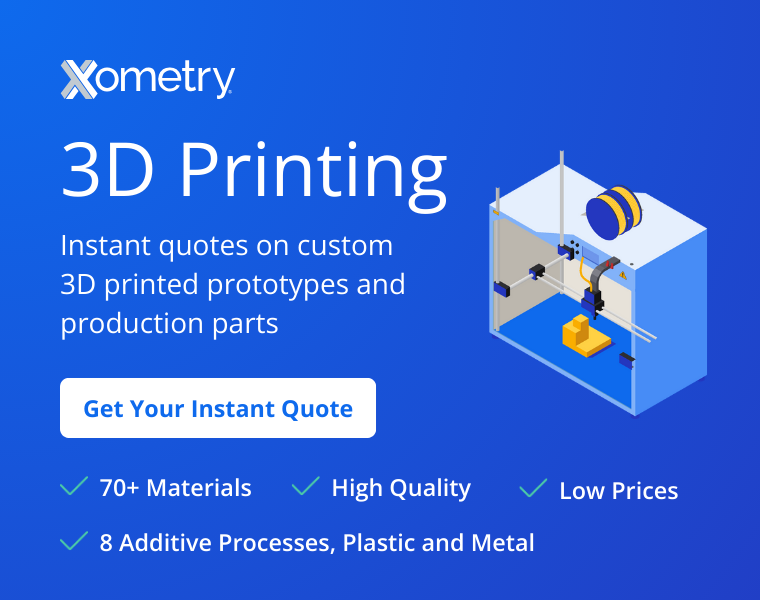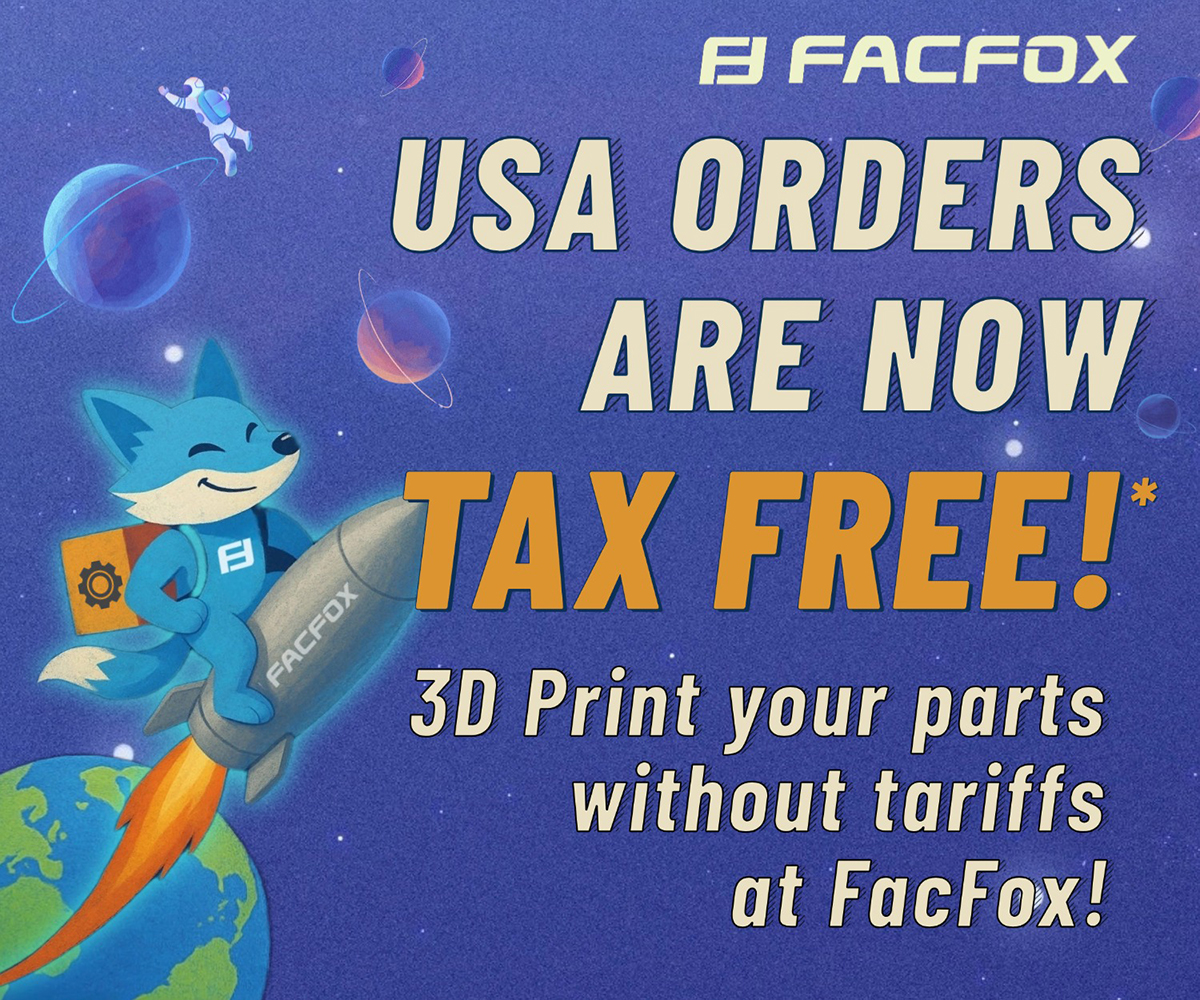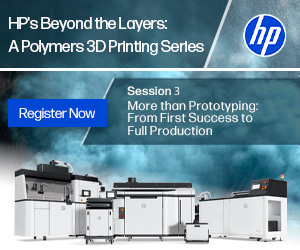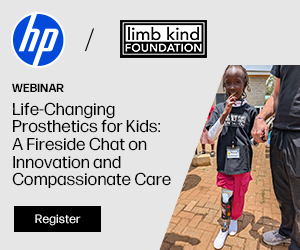 Was there ever a point in history where speculation regarding the possibilities of scientific innovation wasn’t greeted by some as implausible in the least, dangerous, or even heretical at worst? So often, it has been the case that the imagination and conjecture intersect and “Eureka!” moments result in scientific advancement, and perhaps in no other field are ethical reservations expressed as vehemently as with biotechnology. Those in the industry generally seem all too aware of the fear and skepticism potentially generated by each breakthrough. Konrad Walus, CEO of Aspect Biosystems, a University of British Columbia-based biotech company, said recently in this regard, when discussing Aspect’s recent breakthrough in 3D-bio-printing, “It’s not science fiction,” he pointed out. “People have done this. They’ve taken all of the cells off of the mechanical part of a heart, and then reseeded new heart cells on there–and it beats.”
Was there ever a point in history where speculation regarding the possibilities of scientific innovation wasn’t greeted by some as implausible in the least, dangerous, or even heretical at worst? So often, it has been the case that the imagination and conjecture intersect and “Eureka!” moments result in scientific advancement, and perhaps in no other field are ethical reservations expressed as vehemently as with biotechnology. Those in the industry generally seem all too aware of the fear and skepticism potentially generated by each breakthrough. Konrad Walus, CEO of Aspect Biosystems, a University of British Columbia-based biotech company, said recently in this regard, when discussing Aspect’s recent breakthrough in 3D-bio-printing, “It’s not science fiction,” he pointed out. “People have done this. They’ve taken all of the cells off of the mechanical part of a heart, and then reseeded new heart cells on there–and it beats.”
In this instance, Walus was speaking directly to Aspect’s custom-built, 3D bio-printers, which are designed by Walus and co-founder, Tamer Mohamed to print “functional models of specific cellular  structures.” While the bio-printers resemble standard, commercial 3D printers, they function very differently. Rather than producing 3D objects using single materials such as plastic, metal, wax, ceramic, or even sugar, and so forth, Aspect’s bio-printers are capable of printing both different and complex objects via “a series of tiny tubes and valves to layer the cells it is printing.”
structures.” While the bio-printers resemble standard, commercial 3D printers, they function very differently. Rather than producing 3D objects using single materials such as plastic, metal, wax, ceramic, or even sugar, and so forth, Aspect’s bio-printers are capable of printing both different and complex objects via “a series of tiny tubes and valves to layer the cells it is printing.”
The Canadian company is partnering with a major pharmaceutical firm to produce bio-printed cells which will be used for the testing phase of new drug development. Let’s say a company is producing a new drug that could reduce tumor size. Aspect’s 3D bio-printer is programmed to print cells modeled after those of the tumor of an individual patient, tailor-made, as it were. The cells, which are printed and suspended in hydrogel, can be tested rather than actual human tissue. One major benefit of this system, noted Walus, is that it would “limit the amount of animal testing drug companies require, and reduce the risk of taking a potentially ineffective or dangerous drug all the way to clinical trial.” Of course, this would also save pharmaceutical companies a great deal of money, a major consideration when a company is considering developing a new drug.
The partnership between Aspect and University of British Columbia (UBC) is perhaps the most significant underlying element of this story. Indeed, academic and private industry can (and clearly do) work in sync to develop critical technologies more rapidly than ever before. In fact, Walus teaches engineering at UBC in Vancouver, and two of the founders of Aspect were students of Walus at the University, which benefits “from any success Aspect achieves.” The rewards of this partnership are evident as well in that Aspect was one of ten finalists in the BCIC (British Columbia Innovation Council) New Ventures Competition, which “takes place over four successive, and increasingly complex, rounds.” Winners were selected on September 22 and Aspect took second prize, $55,000.
Walus cautiously points out that, while the technology represents a tremendous breakthrough in 3D bio-printing, we’re still several years, possibly even a decade, away from fully realizing the 3D-printed heart and other organs. However, he described a likely scenario of the not-too-distant future: “If you need a new organ [today], what happens? You get an organ from someone else.” He continued, “You’re literally taking somebody else’s body and integrating it with your own.” Perhaps Walus was addressing the ethical misgivings of some, who see Frankenstein’s monsters instead of medical “miracles,” when he concluded,” That seems to me a lot more of a freakish thing than using your own cells to manufacture a replacement part for yourself.”
Could Aspect Biosystems be one of the eventual leaders within the field of bio-printing? What are your thoughts? Discuss in the 3D bio-printing forum thread on 3DPB.com.
Subscribe to Our Email Newsletter
Stay up-to-date on all the latest news from the 3D printing industry and receive information and offers from third party vendors.
Print Services
Upload your 3D Models and get them printed quickly and efficiently.
You May Also Like
3D Printing News Briefs, June 4, 2025: Full-Color Slicer, Denture Implants, & More
In today’s 3D Printing News Briefs, we’ll start with some software and post-processing news, and then move on to a case report in which digital dentistry was successfully used. Read...
GKN Aerospace Adds Interspectral’s AM Explorer Software to its 3D Printing Workflow
GKN Aerospace, the UK-based leading manufacturer of aircraft components, has adopted AM Explorer, a platform made by Swedish software firm Interspectral, at its Centre of Excellence for Engine Systems in...
3D Printing News Briefs, May 24, 2025: Commercialization, Acquisition, & Facilities
We’re all business in today’s 3D Printing News Briefs! Titomic and nuForj have announced a strategic partnership, and AMETEK is acquiring FARO Technologies. CDG 3D Tech opened an Additive Manufacturing...
Nikon Advanced Manufacturing & America Makes to Develop Aluminum Powder Dataset
Nikon Advanced Manufacturing Inc. (NAMI), the Long Beach-based end-to-end metal additive manufacturing (AM) firm, has announced that the company is partnering with the Manufacturing USA Institute America Makes to develop...


